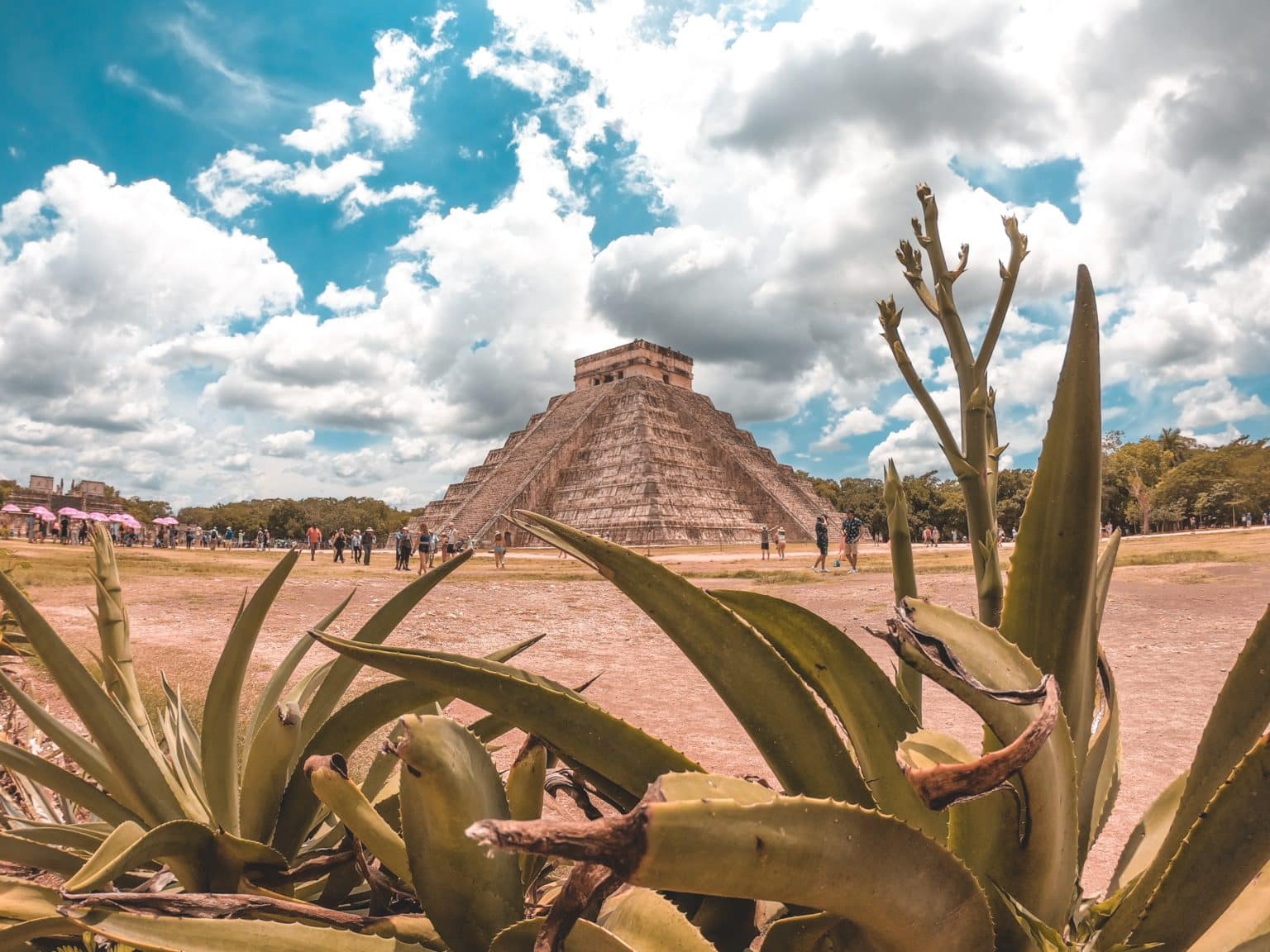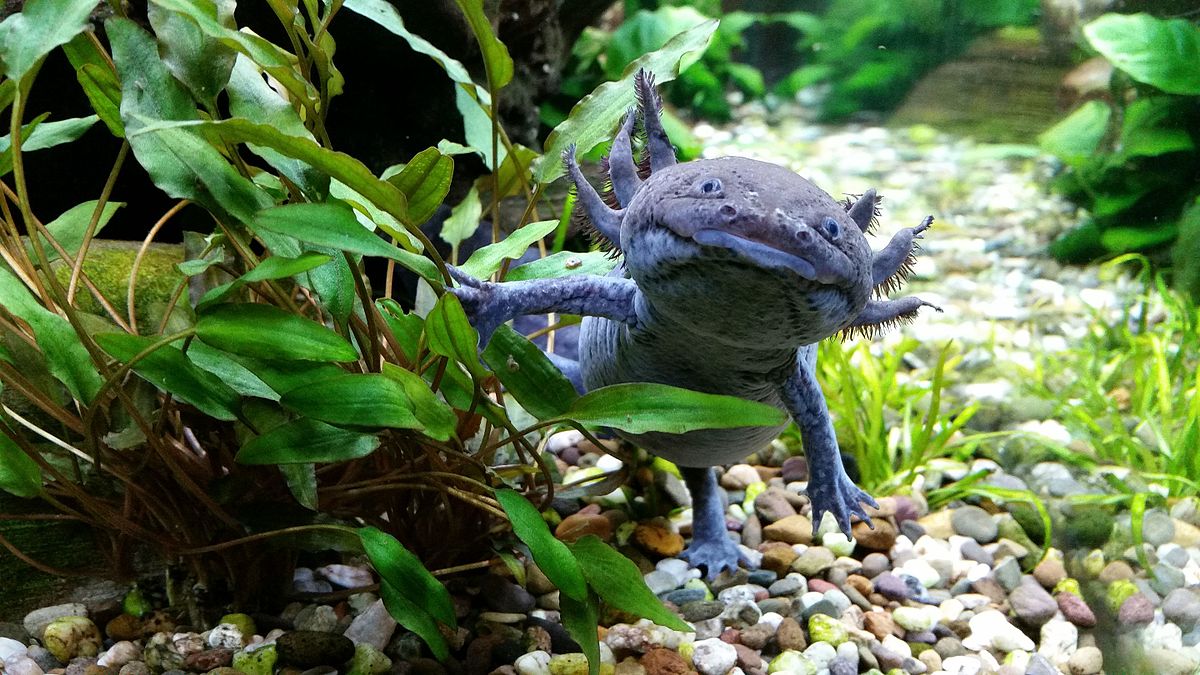
Chichén Itzá: Our Ultimate Travel Guide
Chichén Itzá is, in our opinion, a must during a trip to Mexico. Find out everything you need to know before you set off on your adventure.
En visitant notre site, vous acceptez notre politique de confidentialité concernant les cookies, les statistiques de suivi, etc.
The Mexican salamander is an impressive amphibian that has a unique importance to science. Learn all about this little critter here.

The Mexican salamander is a very curious and unique species of river salamander. This amphibian of Mexican origin can be found in the swampy canals of Xochimilco, although specimens have been seen in other regions. Its name means river monster because of its appearance. This is an extremely peculiar animal, since it is the representative amphibian of Mexico that is not only striking to the eye, but is part of a number of scientific studies, because it has a unique and special quality: the regeneration of its limbs or organs after their loss or mutilation. Can you believe it?
For more than 150 years, the Mexican salamander has been the subject of studies in countless biological laboratories around the world. Scientists are deeply attracted to this salamander because it is the only animal in our ecosystem capable of regenerating 100% of its vertebrae. If an axolotl loses a leg, it is capable of regenerating it completely with each of its tissues without even leaving a scar. Even more impressive and impressive is that this small amphibian is capable of regenerating its spinal cord when it suffers injuries. Furthermore, as if that were not enough, studies have shown that it is able to regenerate its own brain tissues. It is a truly unique animal! The genome of the salamander has 32,000 million base pairs of DNA, an abysmal number compared to humans. This allows it to have such a complex immune system and is the subject of study, it is believed that in the long term the salamander will serve as the link for regeneration treatments applied to humans, which is why there are more salamanders in captivity than in the wild.
The salamander can only be found in some areas of Mexico, but biologists currently report minimal numbers in the wild, perhaps on the verge of extinction. In fact, a recent report states that there may be fewer than 200, compared to the 6,000 that existed in 1998. Before their decline was so abrupt, these little animals could be found throughout the vast lagoon complex of the valley, including the lakes of Texcoco and Chalco. Pollution is the point that is most detrimental to the survival of this beautiful species. Also, changes in floods and water levels in the rivers are detrimental to their natural habitat, since they need to be at shallow depths. The introduction of carps (animals) in the 70’s and 80’s as part of an agricultural program was a turning point in the reproduction and increase of the salamander population, since these are predators of the species.
The Mexican government has made sacrifices for the conservation of the salamander, since it is considered a representative symbol of Mexican fauna. However, these efforts have been questioned over the years, since its numbers in the natural fauna have been steadily decreasing. Luis Zambrano, researcher at the National Autonomous University of Mexico (UNAM) considers that the efforts now established are not enough. By 2022, the Mexican government plans to have the salamander on a banknote such as the 50-peso note.
The ajolote has a tadpole-like appearance with legs and a tail, they are usually black or mottled in color and do not have eyelids. It can grow up to 25 centimeters, its body is gelatinous and slimy, it usually has a rounded head and its gills are on the outside, unlike many amphibians, and it has three pairs of gills. One of the greatest peculiarities of the salamander is that the specimens we see in captivity are white with red gills, however, in the wild, it would be almost impossible to possess this color, since it would be an easy prey for its natural predators. In fact, white salamanders have conditions such as leucism or albinism, which cause them to change pigmentation, and they are descendants of a white specimen taken to France in the 19th century for breeding.
Salamanders are a box of surprises! It has been discovered that they are animals that are young throughout their lives, this does not mean that they are immortal, but that their degenerative process is slowed down, and unless they undergo major changes, they will be babies all their lives. On the other hand, if their ecosystem is affected in any way, this forces them to mutate their physical form to adopt characteristics of other salamanders in order to survive in other environments.
Don’t you find everything about the Mexican axolotl fascinating? If you want to know more, write to us!
AUTRES ARTICLES

Chichén Itzá is, in our opinion, a must during a trip to Mexico. Find out everything you need to know before you set off on your adventure.

The state of Chiapas in Mexico, known for its large tropical forest filled with archaeological sites that tell of its history, has become a tourist

The impressive Sumidero Canyon is a strait crossed by the Grijalva River, with gigantic walls or cliffs that rise more than a thousand meters high.

For lovers of cultural travel, Chiapas is an inexhaustible source of discoveries and museums of all kinds. History, culture, botany, science, technology, religion, archaeology.

During your trip as a tourist, you can find incredible food, sweets, trinkets or embroidery in the recurring local markets or in the outdoor mobile markets that open once a week in different cities.

Birria is a traditional Mexican dish that was born in the state of Jalisco. Let’s see how much the beef birria has evolved since its creation.